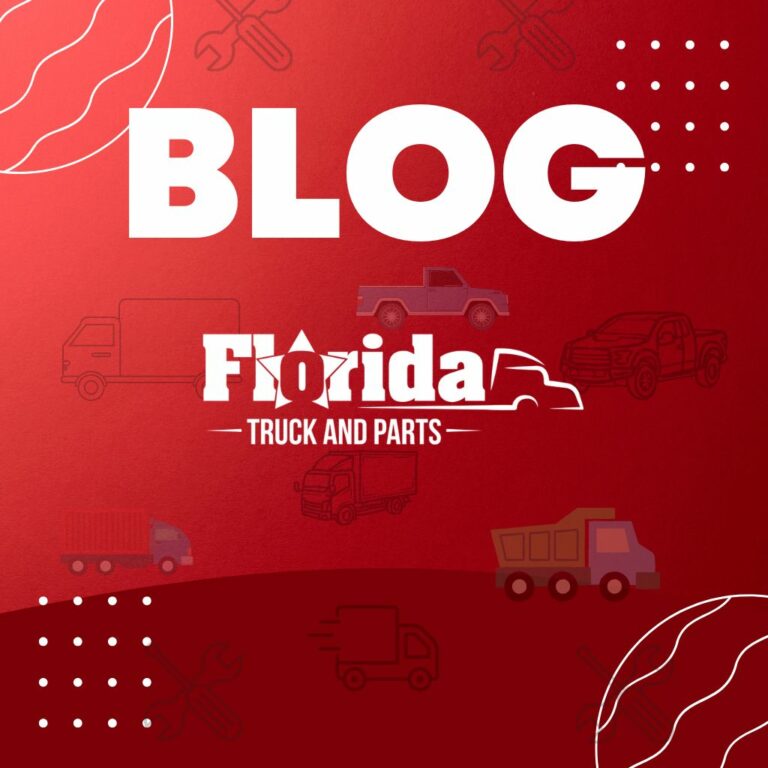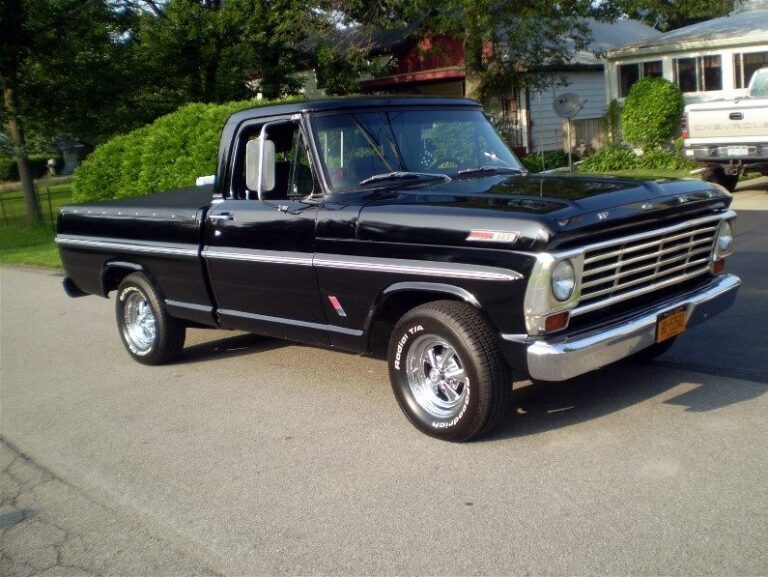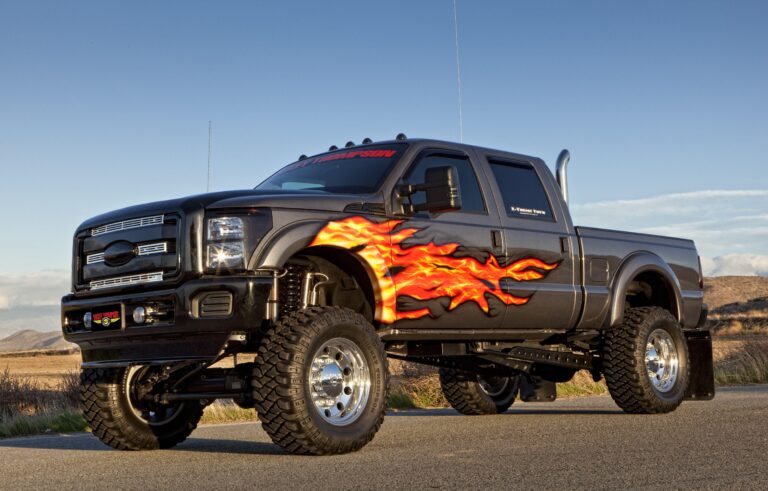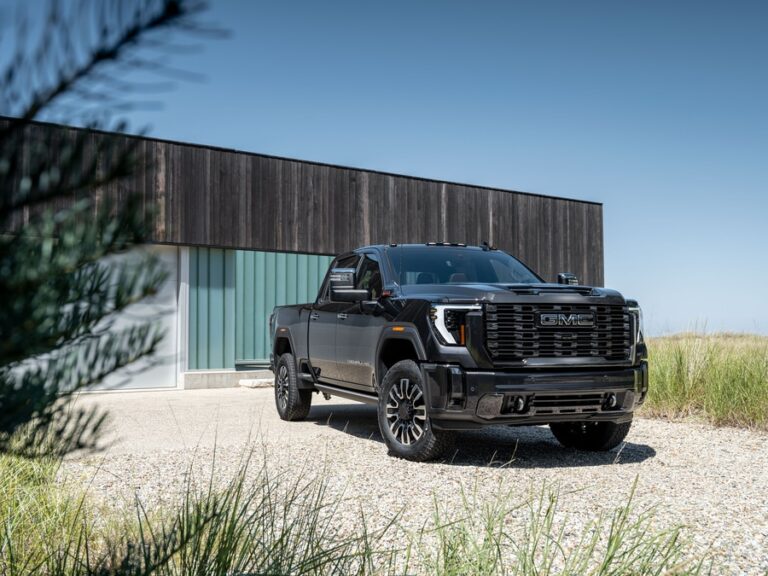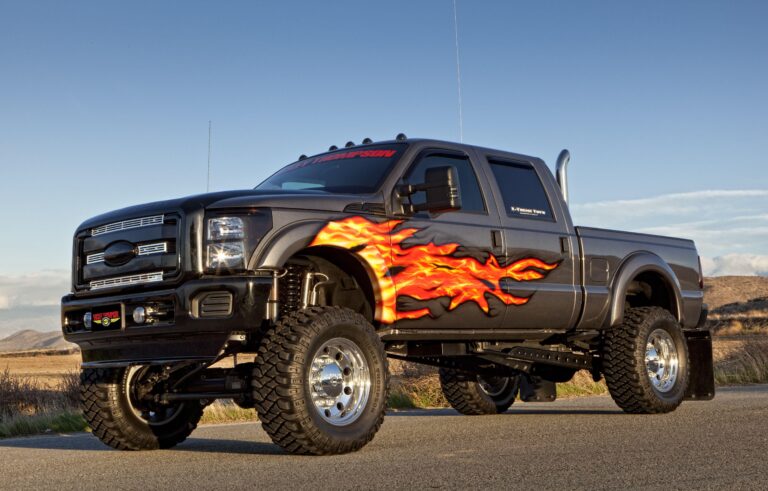70s Chevy Trucks For Sale: A Comprehensive Buyer’s Guide
70s Chevy Trucks For Sale: A Comprehensive Buyer’s Guide cars.truckstrend.com
The roar of a classic V8, the unmistakable silhouette, and a rugged dependability that stands the test of time – these are the hallmarks of a 70s Chevy truck. More than just vehicles, these machines are rolling pieces of Americana, embodying an era of strength, simplicity, and iconic design. From the sprawling fields of rural America to the bustling city streets, 70s Chevy trucks, particularly the "Square Body" generation, carved out a legendary reputation for their unwavering performance and timeless appeal. Today, they are highly sought-after in the classic car market, cherished by enthusiasts, collectors, and those simply seeking a slice of automotive history.
This comprehensive guide is designed to illuminate the path for anyone looking to bring a piece of this legacy into their garage. Whether you’re a seasoned collector or a first-time classic truck buyer, understanding the nuances of these magnificent machines is crucial. We’ll delve into what makes them special, what to look for, where to find them, and how to navigate the journey of purchasing your very own 70s Chevy truck.
70s Chevy Trucks For Sale: A Comprehensive Buyer’s Guide
Why the 70s Chevy Truck? A Timeless Appeal
The enduring popularity of 70s Chevy trucks isn’t merely a nostalgic whim; it’s rooted in a combination of design, engineering, and cultural significance. The "Square Body" generation, launched in 1973, redefined truck aesthetics with its clean lines, bold grilles, and utilitarian yet handsome proportions. This design philosophy, which prioritized function without sacrificing form, resonated deeply with buyers and continues to captivate today.
Beyond aesthetics, these trucks were built to last. Their robust frames, durable powertrains, and relatively straightforward mechanicals made them workhorses that could endure years of heavy use. This inherent toughness means many examples are still on the road today, a testament to their original build quality. Furthermore, the 70s Chevy truck carries a significant cultural weight. It represents an era of self-reliance, adventure, and craftsmanship, appealing to those who appreciate authenticity and a connection to the past. Their versatility also contributes to their appeal; they can be anything from a reliable daily driver to a pristine show truck, a capable off-roader, or a canvas for customization.
Key Models and Years to Look For
When exploring 70s Chevy trucks, you’ll primarily be looking at the early "Square Body" models, specifically those produced from 1973 through 1979 (the generation extended into the 80s, but our focus here is on the 70s). The C/K series nomenclature is fundamental: ‘C’ denotes two-wheel drive, and ‘K’ signifies four-wheel drive. The numbers following indicate the truck’s payload capacity: 10 (half-ton), 20 (three-quarter-ton), and 30 (one-ton).
- C10/K10: The half-ton pickups are arguably the most popular, especially the C10 short-bed models, due to their classic proportions and suitability for customization or daily driving. They offer a good balance of capability and maneuverability.
- C20/K20: The three-quarter-ton models are heavier duty, often found with larger engines and designed for hauling or towing. They are excellent choices for those needing more utility.
- C30/K30: One-ton trucks are the heavyweights, typically seen as dually (dual rear wheel) trucks, built for maximum payload and towing.
- Blazer (K5): The full-size SUV equivalent, offering open-air driving with a removable top (especially early 70s models) and robust off-road capability.
- Suburban: The original large SUV, providing ample seating and cargo space, perfect for families or those needing significant hauling capacity.

Engine Options: A variety of engines were offered, including:

- Inline-6: The 250 and 292 cubic inch (I6) engines are known for their bulletproof reliability and decent torque, though not speed demons.
- Small-Block V8: The ubiquitous 350 cubic inch (5.7L) V8 is the most common and arguably the most desirable due to its balance of power, reliability, and vast aftermarket support.
- Big-Block V8: The powerful 454 cubic inch (7.4L) V8 was available in heavier-duty trucks, offering immense torque for towing.
Transmission Options: You’ll find both manual (3-speed, 4-speed) and automatic (TH350, TH400) transmissions. Manuals offer a more engaging driving experience, while automatics provide ease of use.
Trim Levels: Chevrolet offered several trim levels, each with varying degrees of interior amenities and exterior brightwork:
- Custom/Base: The entry-level model, often sparse.
- Scottsdale: A step up, offering more comfort features.
- Cheyenne: A popular mid-range option with more chrome and upgraded interiors.
- Silverado: The top-tier trim, boasting the most luxurious features available at the time, including upgraded seats, full gauge packages, and extensive trim.
What to Consider Before Buying
Purchasing a classic truck requires a different mindset than buying a new vehicle. Here are critical considerations:
- Condition is King: This is paramount. Rust is the arch-nemesis of these trucks. Inspect common rust areas thoroughly: cab corners, rocker panels, floor pans, bed floor, inner fenders, and the frame rails. Look for signs of bondo or poor patch repairs. Assess the engine for leaks, strange noises, or smoke. Check the transmission for smooth shifts or slipping. Inspect the suspension, brakes, and steering for wear. Electrical issues can be frustrating, so test all lights, gauges, and accessories.
- Originality vs. Customization: Decide what you want. Are you seeking a meticulously restored, numbers-matching show truck? A well-preserved "survivor" that tells its own story? Or a project truck you can customize to your liking? Each path has different cost implications and requires different levels of mechanical skill or financial investment.
- Intended Use: Will it be a daily driver, a weekend cruiser, an off-road beast, or a display piece? Your intended use will dictate the ideal condition, necessary modifications, and budget. A daily driver might need modern upgrades like power steering, power brakes, and air conditioning.
- Budgeting Beyond the Purchase Price: Remember that the purchase price is just the beginning. Factor in costs for:
- Restoration/Repairs: Even a "driver" will likely need work.
- Maintenance: Regular upkeep is essential for older vehicles.
- Insurance: Classic car insurance is often more affordable but has specific requirements.
- Transportation: Getting the truck home if it’s not roadworthy.
- Modernization (Optional): Upgrades like fuel injection, better suspension, or disc brakes can improve drivability but add cost.
- Documentation: A clean title is non-negotiable. Any service records or history of previous ownership can add value and peace of mind.
Where to Find 70s Chevy Trucks For Sale
The digital age has made finding classic vehicles easier than ever, but traditional methods still hold value:
- Online Marketplaces:
- eBay Motors: Vast selection, from projects to pristine examples.
- Bring a Trailer (BaT): Curated auctions for higher-quality, often restored vehicles.
- ClassicCars.com & Hemmings: Dedicated classic car listing sites.
- Facebook Marketplace/Groups: Local listings, often with active communities for advice.
- Classic Car Dealerships: Reputable dealerships specializing in classics often have thoroughly vetted vehicles, but typically at a premium price.
- Auctions: Live and online auctions can be exciting but require quick decision-making and a solid understanding of market values.
- Local Classifieds/Word of Mouth: Don’t underestimate the power of local listings, car shows, and classic car clubs. Many hidden gems are found this way.
Tips for a Successful Purchase
- Do Your Homework: Research specific models, common issues, and market values for trucks in various conditions.
- Thorough Inspection: Never buy sight unseen if possible. If you can’t inspect it yourself, hire a qualified pre-purchase inspector (PPI) specializing in classic vehicles. Look for rust, fluid leaks, signs of accident damage, and listen for unusual engine or transmission noises.
- Test Drive: If the vehicle is running, take it for a comprehensive test drive. Check the brakes, steering, suspension, and ensure all gears engage smoothly. Listen for any clunks, squeaks, or grinding.
- Ask Questions: Don’t hesitate to ask the seller about the truck’s history, any known issues, and recent repairs. A transparent seller is a good sign.
- Be Patient: The right truck at the right price might not appear overnight. Don’t rush into a purchase.
- Negotiate: Always be prepared to negotiate the price.
- Bring a Friend: A second pair of eyes, especially someone mechanically inclined, can be invaluable during an inspection.
Common Challenges and Solutions
Owning a vintage truck comes with its quirks, but most challenges have solutions:
- Rust: The biggest challenge. Solutions range from patch panels for minor areas to full cab and bed replacements for severe cases. Prevention (proper storage, rustproofing) is key for new owners.
- Parts Availability: Generally, parts for 70s Chevy trucks are abundant due to their popularity. Reproduction body panels, interior components, engine parts, and suspension pieces are readily available from numerous aftermarket suppliers. Some specific trim pieces can be harder to source.
- Fuel Efficiency: These trucks are not known for their MPG. Solutions include engine tuning, ensuring the engine is in top condition, or more drastic measures like an LS engine swap for modern efficiency and power.
- Modernizing for Drivability: Older trucks lack many modern conveniences. Solutions include:
- Power Brakes/Steering: Many 70s trucks came with them, but if not, conversion kits are available.
- Air Conditioning: Aftermarket AC kits can be installed for comfort.
- Fuel Injection: Swapping from a carburetor to electronic fuel injection (EFI) improves starting, reliability, and often fuel economy.
- Suspension Upgrades: Aftermarket kits can improve ride quality and handling.
70s Chevy Trucks For Sale: Estimated Price Guide
Pricing for 70s Chevy trucks varies wildly based on model, year, engine, trim, and most significantly, condition and originality. This table provides a general estimate and should be used as a guide, not a definitive price list. Always research current market trends for specific models.
| Model Variant (Examples) | Condition: Project/Parts Truck | Condition: Driver Quality (Good Runner) | Condition: Restored/Show Quality (Excellent) |
|---|---|---|---|
| C10 Short Bed (2WD) | $3,000 – $8,000 | $10,000 – $25,000 | $30,000 – $70,000+ |
| C10 Long Bed (2WD) | $2,000 – $6,000 | $8,000 – $20,000 | $25,000 – $50,000+ |
| K10 Short Bed (4WD) | $4,000 – $10,000 | $12,000 – $30,000 | $35,000 – $80,000+ |
| K10 Long Bed (4WD) | $3,000 – $8,000 | $10,000 – $25,000 | $30,000 – $60,000+ |
| K5 Blazer (4WD) | $5,000 – $12,000 | $15,000 – $40,000 | $45,000 – $100,000+ |
| C/K20/30 (Heavy Duty) | $2,000 – $7,000 | $7,000 – $20,000 | $20,000 – $45,000+ |
| Suburban | $2,500 – $7,500 | $9,000 – $25,000 | $30,000 – $60,000+ |
Note: Prices are highly variable based on engine, transmission, trim level (Silverado/Cheyenne will command higher prices), originality, modifications, and regional market demand.
Frequently Asked Questions (FAQ)
Q: What’s the "best" year for a 70s Chevy truck?
A: There’s no single "best" year; it depends on preference. The 1973-1979 models are all part of the iconic Square Body generation. Early models (73-77) often have slightly different grille designs and fewer emissions controls, while later 70s models may have more refined interiors.
Q: Are parts hard to find for 70s Chevy trucks?
A: No, parts availability is excellent! Due to their immense popularity, the aftermarket is flooded with reproduction and NOS (New Old Stock) parts for nearly every component, from body panels to interior pieces and engine components.
Q: Can a 70s Chevy truck be a reliable daily driver?
A: Absolutely, with proper maintenance and potentially some modernization. While they won’t offer the fuel economy or creature comforts of a new truck, their mechanical simplicity makes them relatively easy to maintain. Upgrades like EFI, power steering, and AC can significantly enhance daily drivability.
Q: What’s the difference between C-series and K-series trucks?
A: C-series trucks are two-wheel drive, while K-series trucks are four-wheel drive. This dictates their intended use and capability, with K-series being better suited for off-roading or challenging terrain.
Q: What are the most common rust spots to check?
A: Critical areas for rust include the cab corners, rocker panels (below the doors), floor pans, bed floor (especially where it meets the wheel wells), and the lower sections of the fenders. Also, inspect the frame rails for pitting or rot.
Q: How much does it cost to restore one of these trucks?
A: Restoration costs vary widely depending on the starting condition and desired finished quality. A full, professional, frame-off restoration can easily cost $40,000 to $80,000 or more, often exceeding the truck’s market value. A "driver-quality" restoration, addressing only critical issues, might be $10,000-$25,000.
Conclusion
The allure of 70s Chevy trucks is undeniable. They represent a golden age of American automotive design and engineering, built with an honesty and durability that resonates with today’s enthusiasts. Whether you dream of a pristine showpiece, a capable workhorse, or a blank canvas for your custom vision, the market for 70s Chevy trucks offers a vast array of options.
Embarking on the journey to acquire one of these classics is an exciting endeavor. By approaching the purchase with research, patience, and a keen eye for detail, you can find a truck that not only serves your needs but also brings immense joy and a tangible connection to automotive history. Owning a 70s Chevy truck isn’t just about driving; it’s about experiencing a legacy, one mile at a time.


